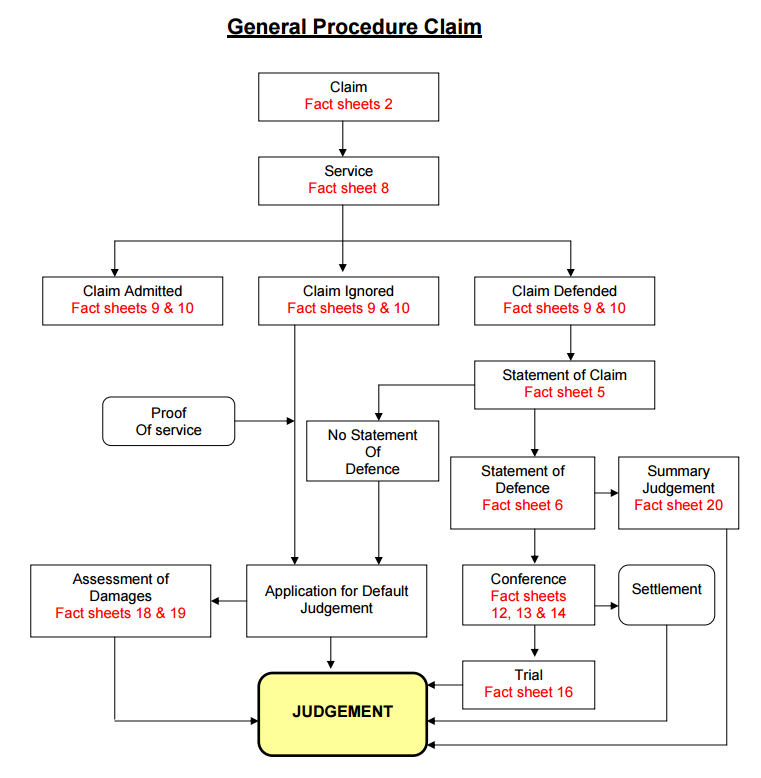By its name, the High Court of Australia is the highest ranking court in the Australian judicial system. It sits above the Magistrates Courts, District Courts, and Supreme Courts of the individual states.
Section 71 of the Constitution was used to establish the High Court in 1901. At present, it operates under sections 71-75 of the Australian Constitution, the Judiciary Act 1979, and the High Court of Australia Act 1979.
From 1979 onwards, the High Court has been located in Canberra, ACT. As there is only a single High Court, video links are often used for parties unable to be readily present in the courtroom itself.
Justices
There are no judges in the High Court, only justices. They comprise of the Chief Justice of Australia, and six other justices. Since the High Court’s inception, there have been 13 Chief Justices and 42 Justices.
Currently, the justices of the High Court are:
- Chief Justice – Susan Kiefel
- Justice – Virginia Bell
- Justice – Stephen Gageler
- Justice – Patrick Keane
- Justice – Geoffrey Nettle
- Justice – Michelle Gordon
- Justice – James Edelman
Justices of the High Court are appointed by the Governor-General of Australia on the recommendation of the federal government. Justices cannot be removed from their position unless the Governor-General and both Houses of Parliament are able to prove misbehaviour or incapacity.
Their remuneration is fixed by the Parliament but is unable to decrease. Lastly, all Justices of the High Court must retire once they reach 70 years of age.
Cases the High Court hears
The High Court hears both cases which originate in its court as well as appeals from other courts, such as state Supreme Courts. As it’s the highest ranking court in Australia, any appeals lost is this court, cannot be appealed further.
Sir Owen Dixon one famously stated:
The High Court’s jurisdiction is divided in its exercise between constitutional and federal cases which loom so largely in the public eye, and the great body of litigation between man and man, or even man and government, which has nothing to do with the Constitution, and which is the principal preoccupation of the court.
Basically, it hears the most serious cases relating to the constitution, and cases which are deemed of significant interest to the public as a whole.
You can find further details about the exact types of cases it hears, here.
High Court of Australia Fees
As you may have noticed from previous court guide, the higher on the ranking list they are, the higher the fees are to file a case to be heard.
Here are a few of the fees relating to the High Court
- Application to show cause
- Public company – $12,295
- Private company – $8,190
- Individual – $2,715
- Financial hardship – $905
- Writ of summons/petition
- Public company – $12,295
- Private company – $8,190
- Individual – $2,715
- Financial hardship – $905
- First day of a hearing before the Full Court
- Public company – $16,680
- Private company – $11,120
- Individual – $4,565
- Financial hardship – $1,520
- Hearing before a single Justice
- Public company – $1,855
- Private company – $1,235
- Individual – $510
- Financial hardship – $170
As you can see, it’s not cheap. You can find a full list of the fees here.
Lawyer Fees in the High Court
Under the High Court Amendment (Fees) Rules 2016, there are imposed limits as to the fees issued by a lawyer.
For example:
- Reading a simple correspondence of text will cost $10.50 per page
- Preparing any document, other than court books and correspondence, and takes 5 minutes or less, will cost $41.90
- Preparing a simple correspondence will cost $52.40 per page, and
- Preparing any other correspondence will cost $130.95 per page
You can find a full list of potential lawyer fees here.
High Court of Australia Rules
The rules of the High Court of Australia is over 160 pages long, with more than 37,000 words. Unless your studying to be a lawyer, it may be redundant to study these yourself.
If you’re are considering action in the High Court, hire a professional. Otherwise, if you’re just curious, you can read through them all here.
Judgment and Case summaries
All of the cases heard in the High Court are available to be read online.
Case summaries are sorted by year, can be found here. Whilst judgment summaries, also sorted by year, can be found here.
Unlike the other courts, all cases in the High Court also have full transcript freely available online. You can find them all here.
If you wish to know further information about the Australian High Court, you can head directly to their website.
